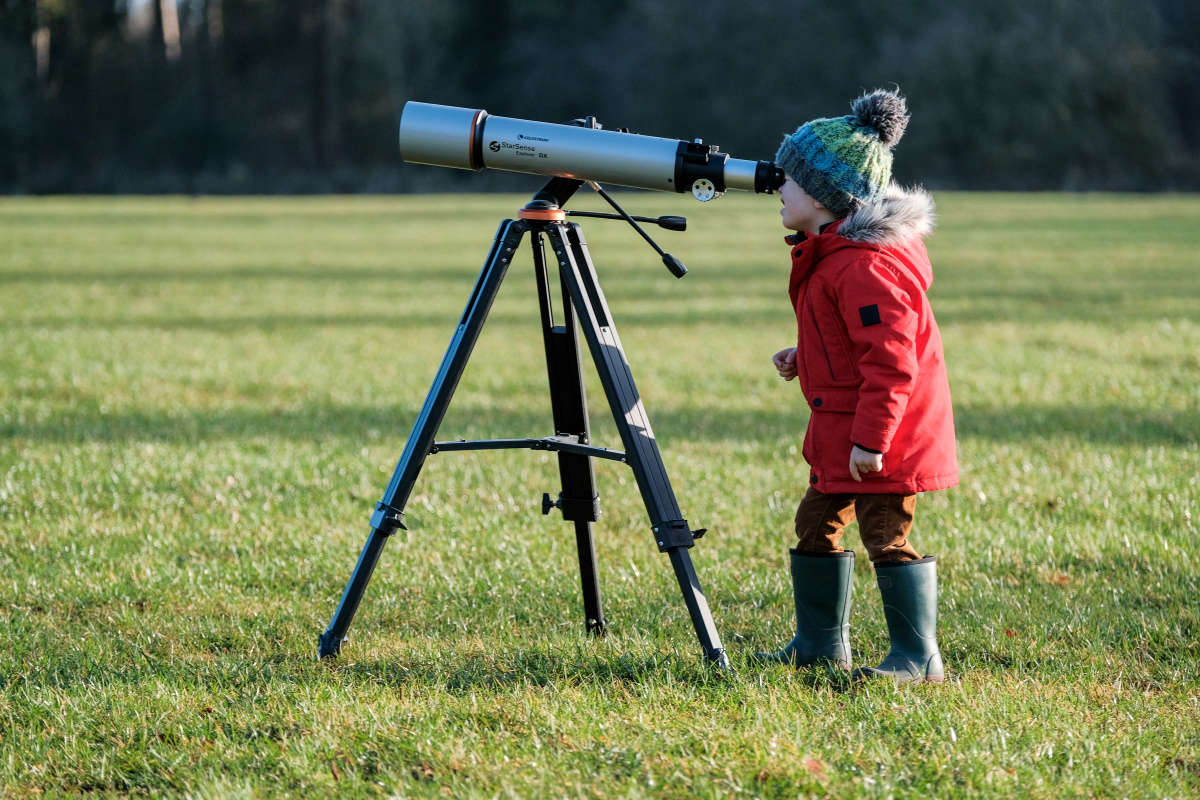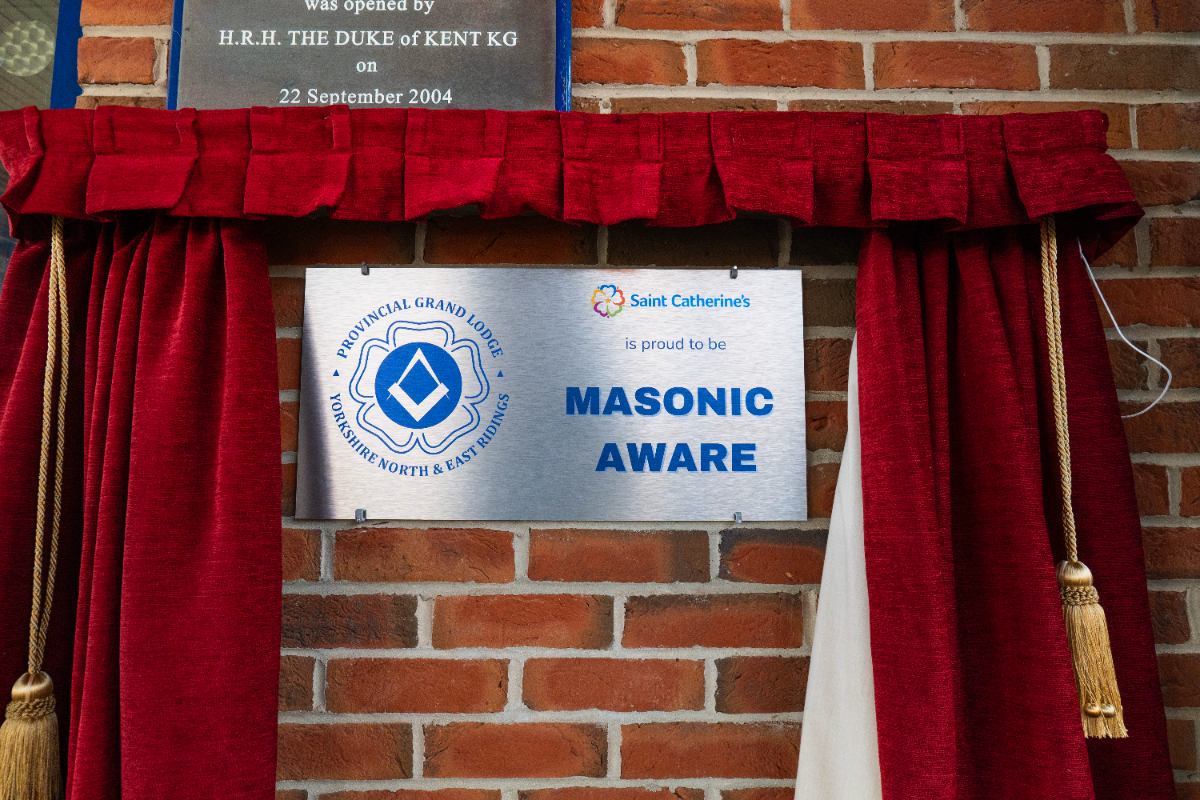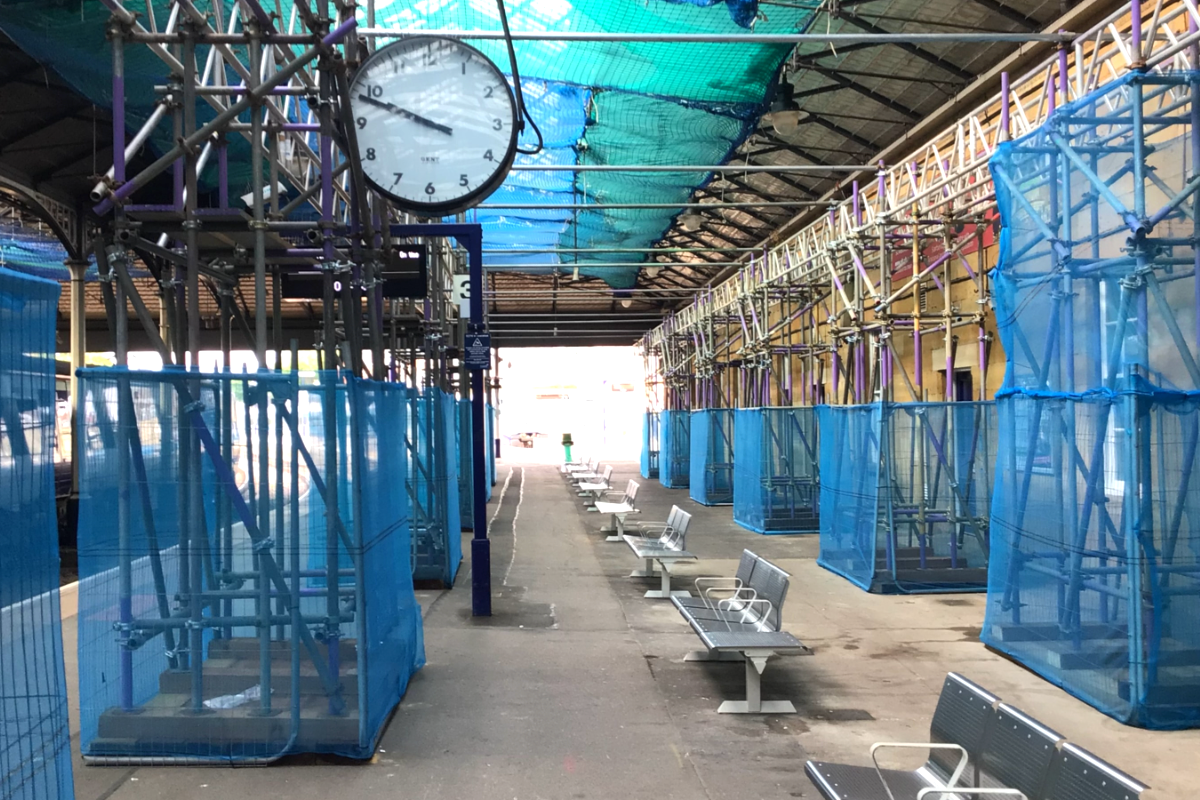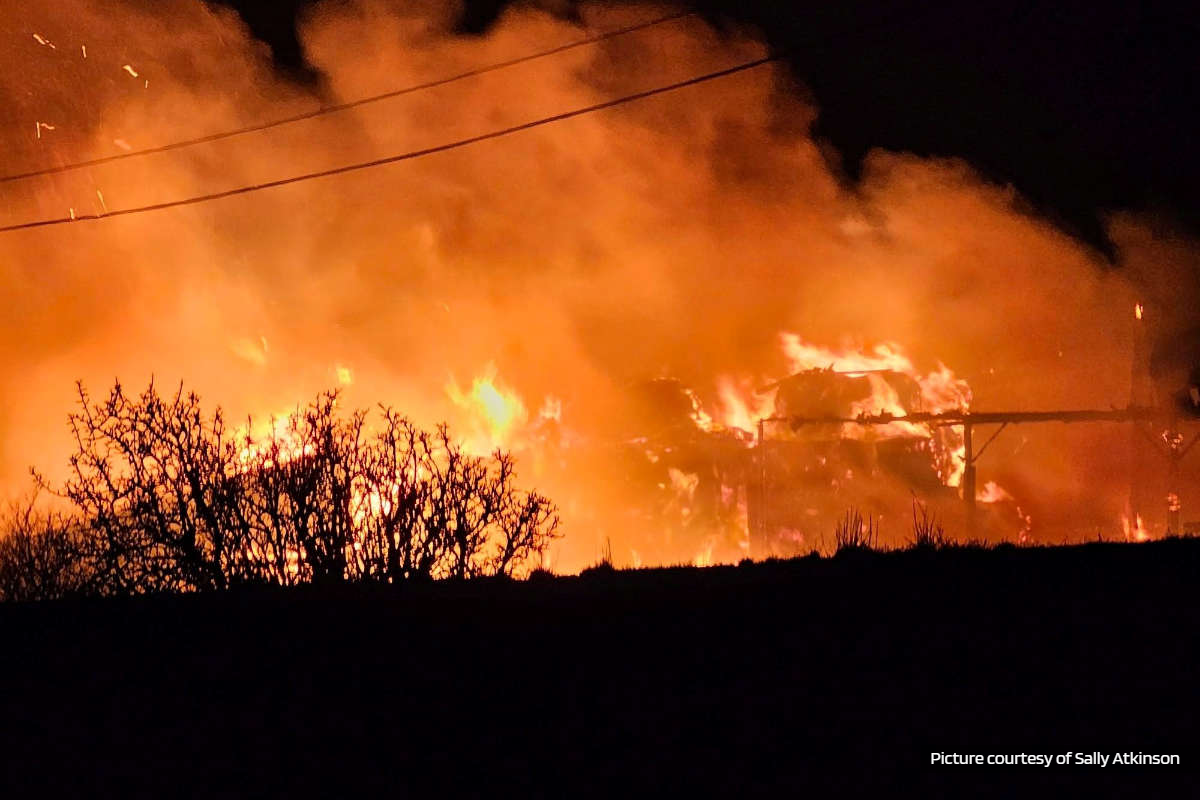
Young people in North Yorkshire are being asked to submit designs for an observatory in Dalby Forest.
Forestry England is running a competition to design a building in which visitors can view in comfort the area’s Dark Skies through telescopes. The winning designs will go on display in the Forest in the spring.
Petra Young, Forestry England’s Funding and Development Manager, Yorkshire Forest District, says:
“We’re very lucky in Dalby Forest: we have really dark skies, so dark that you can see thousands of stars in the galaxy on a clear night. Dalby Forest is at the heart of the North York Moors National Park International Dark Skies Reserve. People come from all over the country with their telescopes to see the stars in the sky, and we are keen to give even more people the chance to see them.
“We’re looking for ideas from local children on how we can help our visitors to see this beautiful scenery. We obviously can’t guarantee that these ideas can be put into practice, but who knows?”
Pupils at local primary and secondary schools and pupils who are home schooled are invited to design or draw an observatory on a piece of A4 paper, and make a cardboard model of it. The school should then photograph their pupils’ designs and models and send to artsindalby@forestryengland.uk by 14 February 2022.
A selection panel comprising Carol Haswell, astrophysicist and current Professor of Astrophysics and Head of Astronomy at the Open University, astronomer Richard Darn and Nayan Kulkarni, Dalby Forest’s artist in residence for 2022 will select one winning model per school, and one overall winner. The individual winners will each receive an annual access pass to Dalby Forest, and the overall winner will receive a one-day activity run by Hidden Horizons, either in their school or in the Forest.
The North York Moors National Park has recently become one of just 19 International Dark Sky Reserves in the world. This elite handful of locations (there are others in the UK, Europe, Africa, Australia and North America) have all been judged by The International Dark-Sky Association, the world’s leading authority on light pollution, to possess ‘an exceptional or distinguished quality of starry nights and nocturnal environment that is specifically protected for its scientific, natural, educational, cultural, heritage and/or public enjoyment’.





 Injured Yorkshire Coast Seal Back in the Water
Injured Yorkshire Coast Seal Back in the Water
 Flamingo Land Welcomes Baby Giraffe
Flamingo Land Welcomes Baby Giraffe
 Scarborough and Whitby MP to Launch Petition for Return of Stroke Services
Scarborough and Whitby MP to Launch Petition for Return of Stroke Services
 UK Mayors Being Urged to Buy Scarborough Buses
UK Mayors Being Urged to Buy Scarborough Buses
 Free Music Events in Scarborough to Raise Funds for Andy's Man Club
Free Music Events in Scarborough to Raise Funds for Andy's Man Club
 Scarborough's Cross Lane Hospital Receives Heartfelt Gift
Scarborough's Cross Lane Hospital Receives Heartfelt Gift
 Saint Catherine’s Becomes First UK Hospice to Launch Masonic Aware Initiative
Saint Catherine’s Becomes First UK Hospice to Launch Masonic Aware Initiative
 Candidates Confirmed for First Scarborough Town Council Elections
Candidates Confirmed for First Scarborough Town Council Elections
 Scarborough Station Set for Multi-Million-Pound Roof Renovation
Scarborough Station Set for Multi-Million-Pound Roof Renovation
 Renewed Appeal Following "Shocking" Arson in Whitby
Renewed Appeal Following "Shocking" Arson in Whitby
 Six Candidates Standing to Become First Elected Mayor of Hull and East Yorkshire
Six Candidates Standing to Become First Elected Mayor of Hull and East Yorkshire
 Construction to Start on Whitby Maritime Hub
Construction to Start on Whitby Maritime Hub








Comments
Add a comment